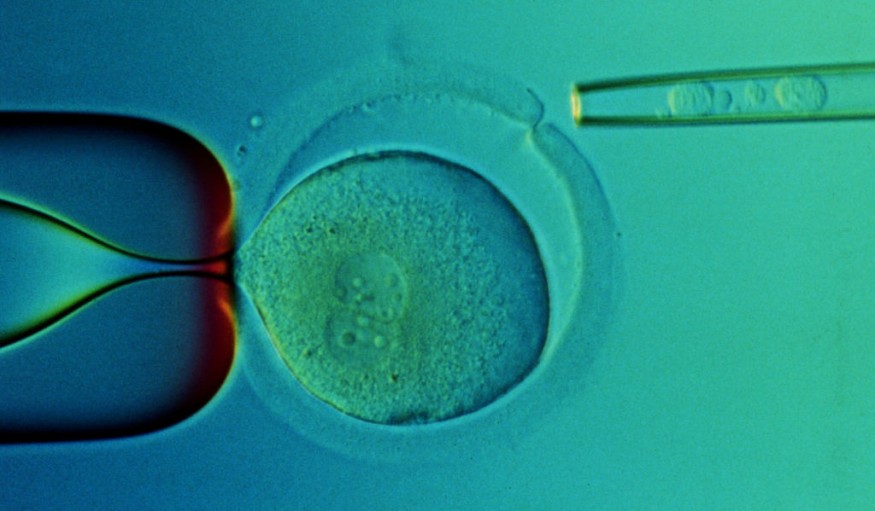Life begins when an egg cell meets a sperm that will turn into an embryo. However, a new study by researchers at the Weizmann Institute of Science in Israel presented a synthetic embryo from mice stem cells cultured in a petri dish.
Israeli scientists were able to grow embryos without fertilized eggs, The Jerusalem Post reported. The novel method opens new doors for studying stem cells from various organs developed in the embryo that could make growing tissues and organs for transplantation possible in the future.
Making the World's First Synthetic Embryo
Professor Jacob Hanna, who headed the research team, said that the embryo is the best organ-making machine and their method aims to emulate what it does. Their previous studies taught them how to restore mature cells into their "stemness." They try to overcome the hurdles of making a well-structured tissue suitable for transplantation using stem cells.
The new method is built on previous advances, wherein one was an efficient method for reprogramming stem cells back into their earliest stage when they have the most significant potential. The second one was the electronically controlled device the team presented in March 2021 used for growing a natural mouse embryo outside the womb that keeps it bathed in a nutrient solution inside beakers to simulate how nutrients are supplied inside a placenta.
The team successfully grew natural mouse embryos using the device in earlier research between five to 11 days. Before placing them into the device, they separated them into three groups in which one contained cells that will develop into embryonic organs by themselves, and the other two were pretreated for 48 hours to overexpress master regulators of either placenta or the yolk sac.
Then they put it inside the device, where the vast majority failed to develop and only about 0.5% or 50 of around 10,000 formed into spheres that later become embryo-like structures. The team monitored the placenta and yolk sacs forming outside the embryos and as it developed into a natural embryo.
They developed approximately after 8.5 days when early organs are starting to form, including a beating heart, blood stem circulation, brain, neural tube, and intestinal tract. Researchers noted that the synthetic embryos were 95%similar to natural mouse embryos in both shapes of internal structures and gene expression, indicating that they can be functional.
The study titled "Post-Gastrulation Synthetic Embryos Generated Ex Utero from Mouse Naïve ESCs," was published in the journal Cell.

ALSO READ: Meet 'Gastruloid': The First Human Embryo-like Model From Stem Cells That Could Soon Save Many Babies From Developing Birth Defects
What's the Next Step?
The method used in the study allowed scientists to assemble a synthetic embryo without using an egg cell, sperm, and womb, SciTech Daily reported. Hanna and other stem cell and embryonic researchers believe this presents a new arena in the field.
He pointed out that the next challenge will be understanding how stem cells know what to do and how they self-assemble into organs to find their positions in a synthetic embryo. Hanna also thinks it may prove useful for modeling birth and implantation defects since the system is transparent, unlike the womb, where embryonic development cannot be easily seen.
Additionally, it helps reduce the use of animals in research, and perhaps someday, synthetic embryos will become a reliable source of cells, tissues, and organs for transplantation instead of developing a new protocol for every cell type.
RELATED ARTICLE: Lab Mouse Embryo Grown from Stem Cells Features a Nervous System and Heart Beat
Check out more news and information about Medicine & Health in Science Times.
© 2026 ScienceTimes.com All rights reserved. Do not reproduce without permission. The window to the world of Science Times.












